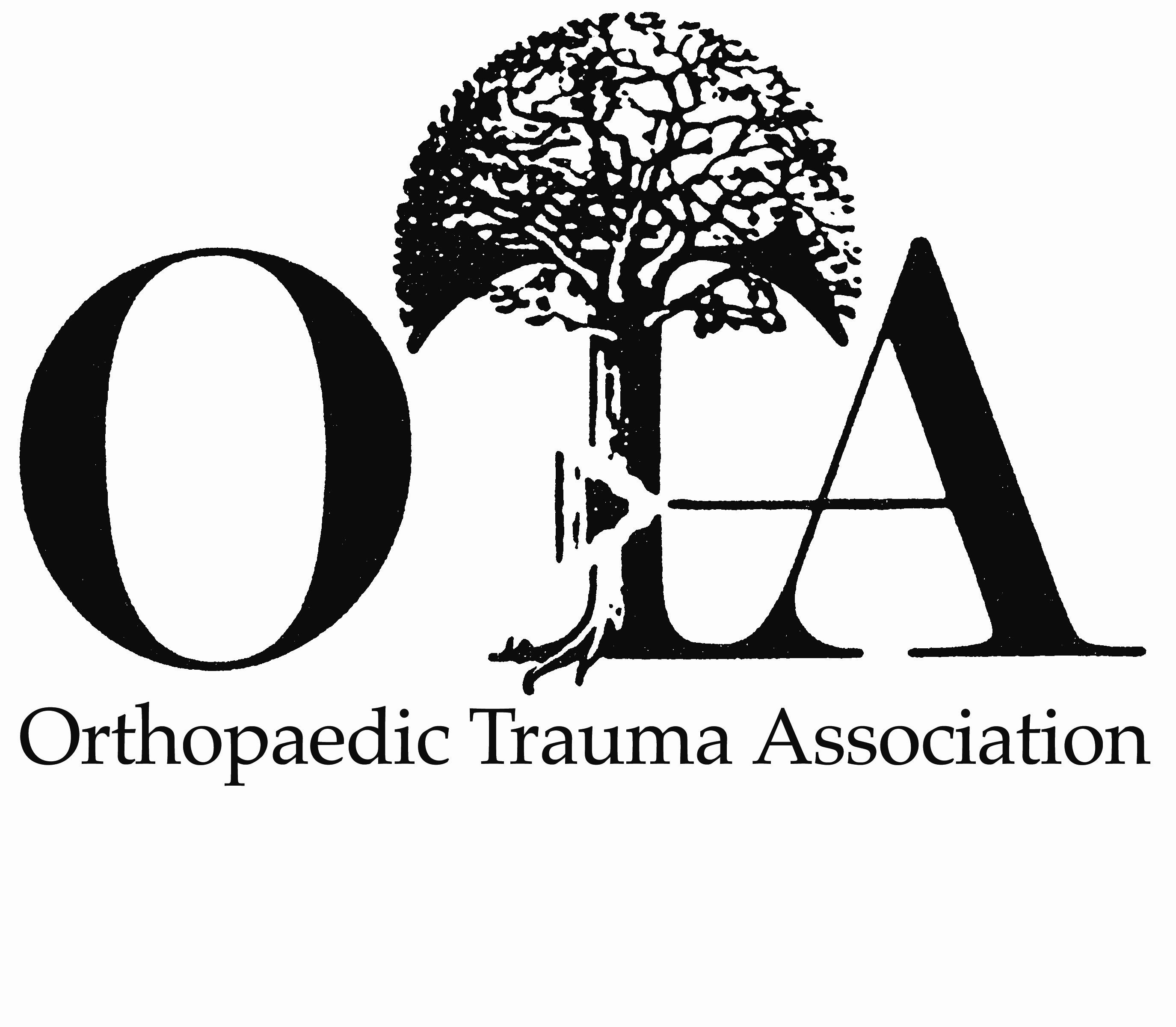
Trauma
OTA 2019: Reduced imaging after ankle fractures cost-effective with no change in functional outcomes
Ankle fractures are one of the most common injuries treated by orthopaedic surgeons. No globally accepted algorithm exists for post-injury imaging. It is unclear whether routine x-rays change management or simply present an extra expense. The authors randomized 247 patients to routine care (X-rays at 1, 2, 6, and 12 weeks) versus a reduced-imaging protocol (radiographs at 6 and 12 weeks only performed if clinically indicated. Outcomes included the Olerud-Molander Ankle Score (OMAS), the American Academy of Orthopaedic Surgeons (AAOS) ankle score questionnaire, the EuroQol 5-Dimensions 3-Level (EQ-5D-3L), and Short Form 36 (SF-36). In addition, pain, number of radiographs and healthcare costs were measured. 154 (63%) patients underwent surgery. Patients in the reduced-imaging group had significantly fewer median radiographs (4 vs. 5, p < 0.005). OMAS, AAOS, EQ-5D-3L, pain levels, health perception, self-perceived recovery, and complications did not differ between the two groups. Radiography costs were significantly lower in the reduced imaging group (-48 euros per patient). Overall costs were comparable between groups. Overall, a reduced imaging protocol resulted in fewer x-rays and lower radiography costs with no impact on function. Overall costs, however, were not impacted.
Unlock the full article
Get unlimited access to OrthoEvidence with a free trial
Start TrialCritical appraisals of the latest, high-impact randomized controlled trials and systematic reviews in orthopaedics
Access to OrthoEvidence podcast content, including collaborations with the Journal of Bone and Joint Surgery, interviews with internationally recognized surgeons, and roundtable discussions on orthopaedic news and topics
Subscription to The Pulse, a twice-weekly evidence-based newsletter designed to help you make better clinical decisions
Exclusive access to original content articles, including in-house systematic reviews, and articles on health research methods and hot orthopaedic topics
Or continue reading this full article
Register Now

Subscribe to "The Pulse"
Evidence-Based Orthopaedics direct to your inbox.




































